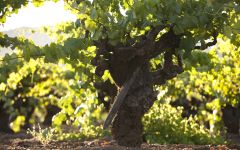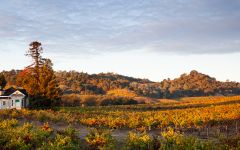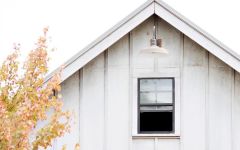Seghesio Home Ranch Zinfandel 2012
-
Wine
Spectator -
Robert
Parker -
Wine
Enthusiast




Product Details
Your Rating
Somm Note
Winemaker Notes
Professional Ratings
-
Wine Spectator
Gushes with rich and powerful fruit, offering aromas of wild berry, nutmeg and cinnamon, and complex flavors of cherry pie, white pepper and licorice. A great package. Drink now through 2023.
-
Robert Parker's Wine Advocate
The dark ruby-hued, full-bodied 2012 Zinfandel Home Ranch Vineyard offers briery, black raspberry, mulberry and black cherry fruit intertwined with earth, pepper and spice. This pedal-to-the-metal beauty should be consumed over the next 3-4 years. It is a classic Seghesio Zin.
-
Wine Enthusiast
Dry and refined in fine-grained tannin, this long-standing vineyard-designate dances in black leather and brambly blackberry, which expand gradually on the palate, peppered by baking spices. Soft and velvety, the finish lingers in spice.
Other Vintages
2019-
Wine &
Spirits
-
Wine
Spectator
-
Robert
Parker -
Wine
Spectator -
Jeb
Dunnuck
-
Jeb
Dunnuck -
Robert
Parker -
Wine
Spectator
-
Robert
Parker -
Wine
Spectator
-
Wine
Spectator -
Wine
Enthusiast -
Robert
Parker
-
Wine
Enthusiast -
Wine
Spectator -
Robert
Parker
-
Wine &
Spirits -
Wine
Spectator
-
Wine
Spectator
-
Wine
Enthusiast -
Wine
Spectator -
Robert
Parker
-
Wine
Spectator -
Robert
Parker
-
Wine
Spectator
-
Wine
Spectator
-
Robert
Parker
-
Robert
Parker








Established in 1895, Seghesio Family Vineyards produces benchmark Zinfandels that honor five generations of winegrowing leadership, and share the heart of Sonoma County and their Italian heritage. Seghesio Family Vineyards encompasses more than 300 acres of estate vineyards in the Alexander, Dry Creek and Russian River Valleys – that also represent a significant amount of Old Vine plantings that are more than 50 years old and up to 125 years old.
With a passionate belief that wine is made in the vineyard, Seghesio Family Vineyards pairs more than a century’s worth of experience in the vineyard with labor-intensive farming techniques that reduce yields, increase quality and ensure wines of outstanding purity and balance. True to the winery’s heritage, Seghesio Family Vineyards is focused mainly on Zinfandel and a handful of Italian varieties. Andy Robinson is the winemaker.
Seghesio Family Vineyards has always thrived to protect the environment and their communities. It has become clear to us that the emission of Green House Gases (GHG) not only is the biggest environmental threat, but also that the majority of environmental advances are tied to their ability to emit less GHG. They have embarked on a fundamental transformation of how they grow grapes and make wines and have joined international organizations such as the Porto Protocol and the International Wineries for Climate Action (IWCA). They have committed to reduce their GHG emissions by 50% by 2030 and 100% by 2050.
